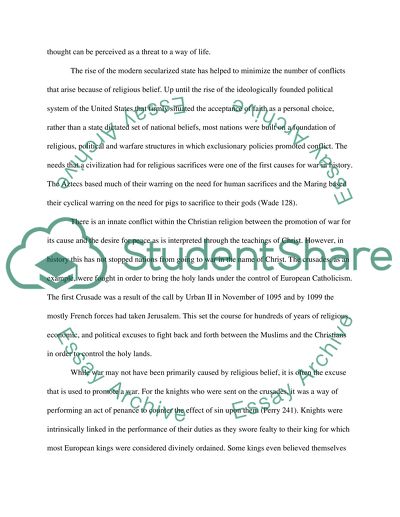Cite this document
(A Prime Source of Conflict where It Should Be a Fountain of Peace Assignment, n.d.)
A Prime Source of Conflict where It Should Be a Fountain of Peace Assignment. Retrieved from https://studentshare.org/sociology/1573371-religious-values-in-war-and-peace
A Prime Source of Conflict where It Should Be a Fountain of Peace Assignment. Retrieved from https://studentshare.org/sociology/1573371-religious-values-in-war-and-peace
(A Prime Source of Conflict Where It Should Be a Fountain of Peace Assignment)
A Prime Source of Conflict Where It Should Be a Fountain of Peace Assignment. https://studentshare.org/sociology/1573371-religious-values-in-war-and-peace.
A Prime Source of Conflict Where It Should Be a Fountain of Peace Assignment. https://studentshare.org/sociology/1573371-religious-values-in-war-and-peace.
“A Prime Source of Conflict Where It Should Be a Fountain of Peace Assignment”, n.d. https://studentshare.org/sociology/1573371-religious-values-in-war-and-peace.


